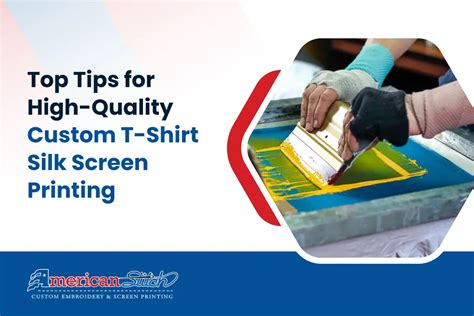Your Shirt's New Life: Screen Print Removal
So, you've got a favorite shirt, a truly awesome tee, but that graphic… it's seen better days. Maybe the design is outdated, maybe it's faded, or maybe you just want a blank canvas for a new artistic endeavor. Whatever the reason, removing screen print from a shirt can breathe new life into a beloved garment. This comprehensive guide will explore the various methods for screen print removal, helping you achieve a clean, reusable shirt.
Why Remove Screen Print?
Before diving into the how-to, let's understand the why. Removing screen printed designs allows you to:
- Repurpose a favorite shirt: Give old tees a second chance! Transform a worn-out graphic tee into a plain shirt perfect for layering, tie-dyeing, or custom painting.
- Create a blank canvas: Want to try your hand at screen printing, embroidery, or fabric painting? Removing the existing print provides a clean slate.
- Update your wardrobe: Give outdated designs a refresh, effectively modernizing an otherwise perfectly good shirt.
- Extend the life of your clothes: Instead of throwing away a shirt, revitalize it with a simple removal process.
Different Methods for Screen Print Removal
Several methods exist for screen print removal, each with its own pros and cons. The best approach depends on the shirt's fabric, the type of ink used, and your comfort level with different techniques.
1. Using Heat: The Iron Method
This method works best for plastisol inks, which are common in screen printing. Plastisol inks are thick and plastic-like, making them relatively easy to lift with heat.
How to:
- Prepare your workspace: Lay down some newspaper or cardboard to protect your work surface.
- Place the shirt: Lay the shirt face down on your work surface.
- Ironing: Using a medium-hot iron (avoid steam), gently press over the printed area. The heat will soften the ink, making it easier to remove.
- Peel and Scrape: As the ink softens, carefully peel away the loosened print with your fingers or a dull tool (like a plastic scraper).
- Repeat: You may need to repeat the process multiple times, especially for thicker prints.
- Cleaning: Once you have removed as much ink as possible, wash the shirt to remove any lingering residue.
2. Chemical Removal: Utilizing Specialized Products
Various chemical solvents are designed for removing screen print. These are generally more effective than heat alone, particularly for harder-to-remove inks or delicate fabrics. Always follow the manufacturer's instructions carefully, as some chemicals can be harsh. It's crucial to test the solvent on an inconspicuous area of the garment first to ensure it won't damage the fabric.
3. The Goof Off Method (Caution Advised)
While some people suggest using Goo Gone or a similar solvent, it's important to proceed with extreme caution. These products are strong and can damage certain fabrics. Always test a small, hidden area first. Apply sparingly, let it sit for a short period (according to the product's instructions), and gently scrape the softened ink away. Wash thoroughly afterward.
What About Different Fabrics?
The success of screen print removal often depends on the shirt's fabric. Cotton is generally more forgiving, while delicate fabrics like silk or rayon might require more gentle methods. Always prioritize testing any method on an unseen area first.
H2: What if the Print is Cracked or Faded?
If your screen print is already cracked or faded, removal might be easier. The ink is likely already weakened, making heat or gentler solvents more effective.
H2: Can I Remove Screen Print from a Polyester Shirt?
Polyester presents more of a challenge. Heat methods are still possible, but chemical solvents should be approached with even greater caution, due to the risk of discoloration or damage. Always test a small, hidden area first.
H2: What are the Best Tools for Removal?
Beyond an iron, you might find plastic scrapers, dull knives, or even credit cards useful for gently lifting the softened ink.
Conclusion: Giving Your Shirts a Second Life
Removing screen print from shirts can be a satisfying project, resulting in renewed wardrobe staples. Remember to always prioritize safety, testing your chosen method on an inconspicuous area first. By following these steps and choosing the right technique for your shirt and ink type, you can successfully revitalize your clothes and give them a whole new life.

